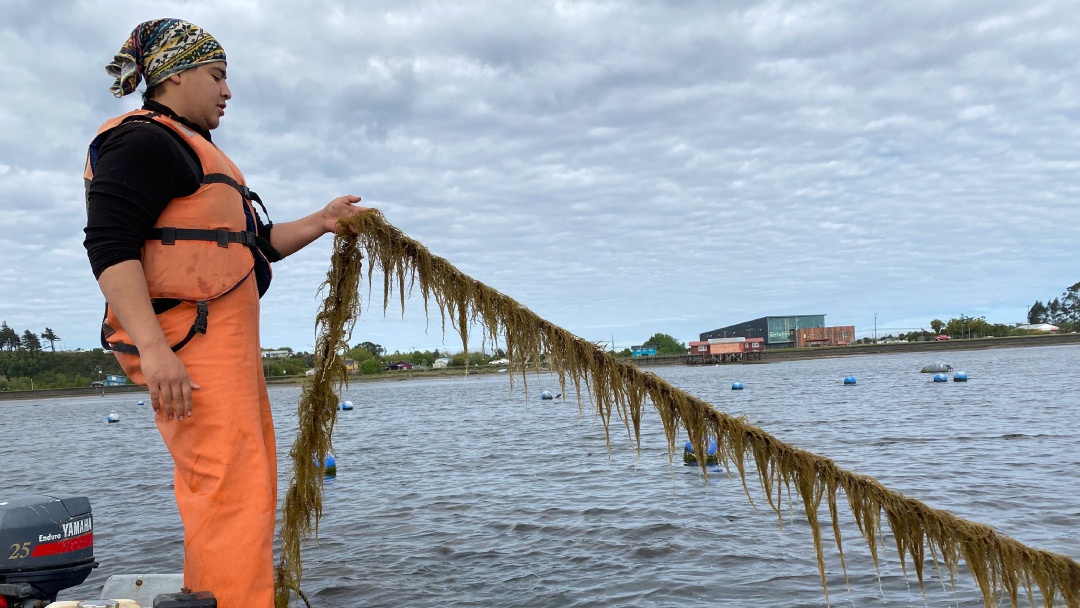
Demographic factors such as age, gender, education and household size play a decisive role in the performance and development of small-scale aquaculture, according to a new study in Chile.
The analysis was based on secondary data collected through the project Updating the socioeconomic diagnosis of small-scale aquaculture in Chile, funded by the Chilean Fisheries and Aquaculture Research Fund (FIPA) in 2019. The original survey covered 187 individuals working in small-scale aquaculture concessions across seven regions of Chile: Atacama, Coquimbo, Ñuble, Biobío, La Araucanía, Los Ríos and Los Lagos. After excluding cases with missing values, the final sample comprised 146 valid responses. Notably, 86% of the surveyed individuals were concentrated in Los Lagos, with the rest distributed among the other six regions. The study also incorporated organisational-level information from aquaculture centres, including geolocation data.
The findings show that age influences how farmers approach production. Younger producers tend to adopt innovative practices and embrace new technologies, while older farmers are more likely to rely on traditional methods.
Gender differences were also evident. Women are heavily engaged in post-harvest handling and marketing, but they continue to face structural barriers in accessing training, resources and decision-making opportunities. The study stresses that improving gender equity could strengthen the overall efficiency of aquaculture systems.
Education emerged as another important determinant. Farmers with higher levels of education were more likely to diversify their activities, apply sustainable production techniques and respond positively to extension services. Conversely, limited education constrained farmers’ ability to adapt to changing market and environmental conditions.
Household size was found to affect labour availability and management strategies. Larger households often benefit from greater family labour contributions, although they may also face challenges in resource allocation and income distribution.
The study also revealed that aquaculture is not always a full-time occupation for the families surveyed. In many cases, it is carried out alongside other agricultural or non-agricultural activities, serving as a complementary source of income that helps households diversify their livelihoods.
According to the authors, “understanding demographic characteristics is crucial for designing policies that support aquaculture development and enhance livelihoods.” They argue that integrating these factors into planning could lead to more inclusive interventions, improved productivity and strengthened food security in rural communities.
The authors also highlight persistent gender disparities, noting that female farmers experience greater socioeconomic challenges and therefore require gender-sensitive policies. They advocate for diversification of aquaculture products as a way of reducing economic vulnerability and propose the development of a multidimensional vulnerability index to classify and address risks faced by producers. Finally, they recommend the adoption of integrated policies that tackle both individual and structural challenges, with the aim of promoting sustainability and resilience in coastal communities.
The study concludes that “demographic factors should not be overlooked in aquaculture development, as they directly affect adoption of technologies, management practices and overall success of farming households.”


